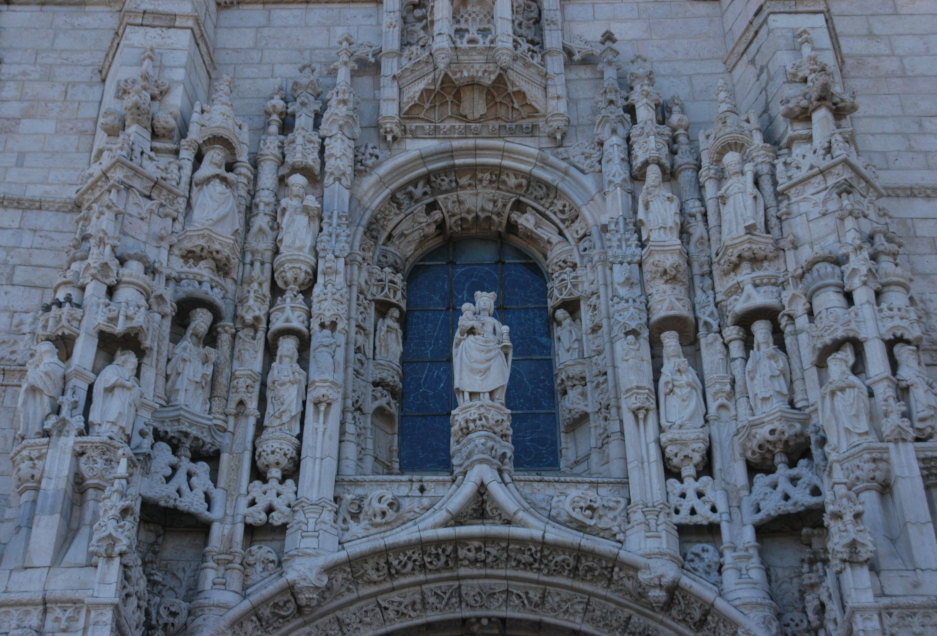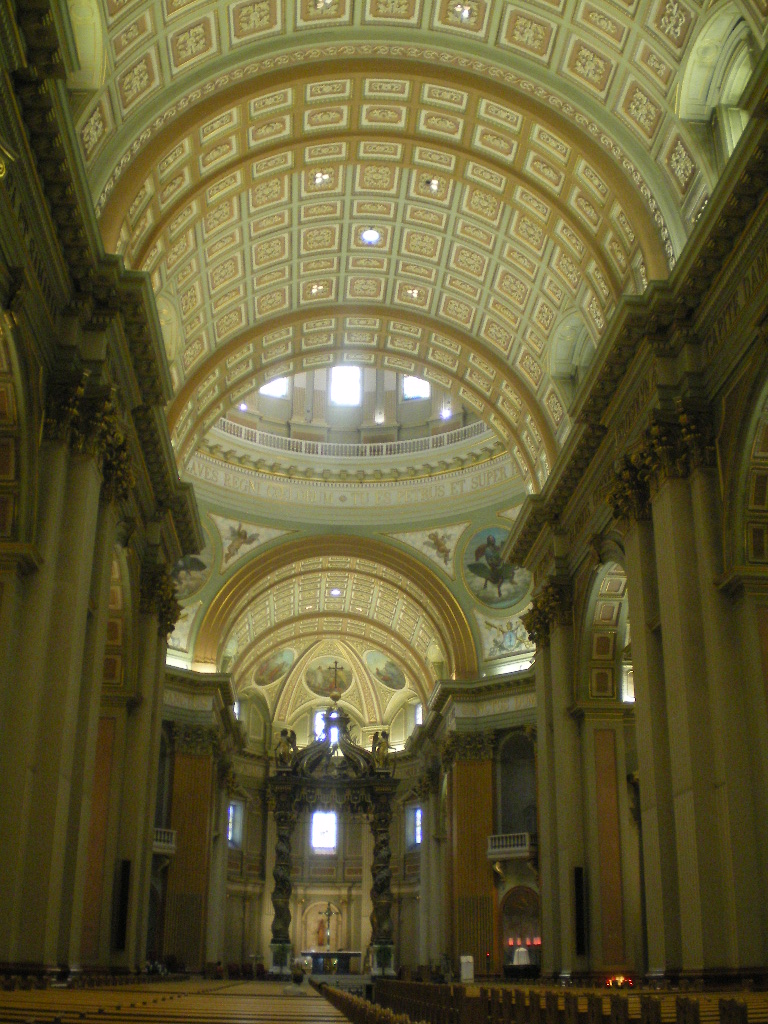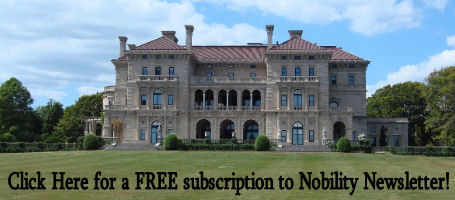
Mariazell, Austria in 1837, with the Basilica in the middle, which houses a Miraculous Image of Our Lady. Painting by Joseph Gerstmayer.
Christian civilization was not only turned towards those sublime things but also found meaning in them. Medieval man believed happiness came from a true understanding of the order of the universe. He saw the universe as a great lesson book that was understood above all by its symbolism and its hierarchical order.
Thus, with great practical sense born of observation and pondered leisure, people of those times sought out the symbolism and relationships that gave meaning to the concrete things they saw in Creation. When considering, for example, fire, precious stones, or the ocean, they believed these beautiful things spoke of excellence and marvels that must be appreciated and fit into a harmonious order. From this, they constructed veritable cathedrals of harmonious ideas that were reflected in the actual structures that they later built for God’s greater glory.
Ultimately, they desired Heaven. Yet it was an idea of Heaven based on all the earthly marvels that they thought could reflect Heaven’s marvels. Hence, the real joy of life consisted in this metaphysical search for the absolute perfection in things, that is, a kind of tropism whereby one naturally seeks God or the likeness of God in all things.
“Thus all things raise the thoughts to the eternal,” writes Johan Huizinga, “being thought of as symbols of the highest, in the constant gradation, they are all transfused by the glory of divine majesty.”*
* Johan Huizinga, The Waning of the Middle Ages: A Study of the Forms of Life, Thought and Art in France and the Netherlands in the XIVth and XVth Centuries (Garden City, N.Y.: Doubleday Anchor Books, 1954), 206.
John Horvat, Return to Order: From a Frenzied Economy to an Organic Christian Society—Where We’ve Been, How We Got Here, and Where We Need to Go (York, Penn.: York Press, 2013), 317-8.












